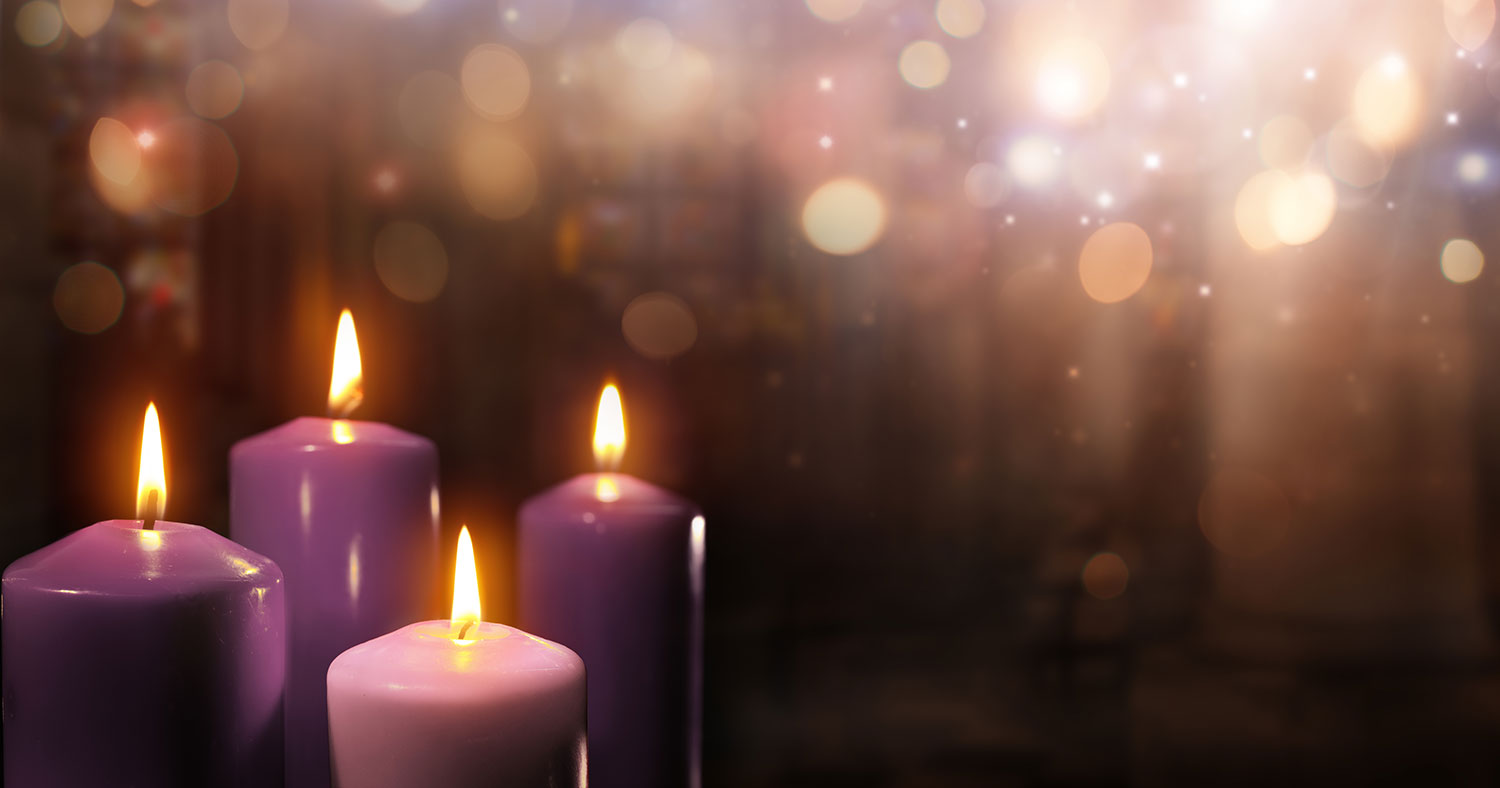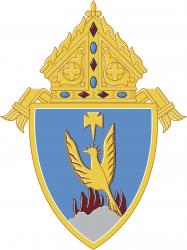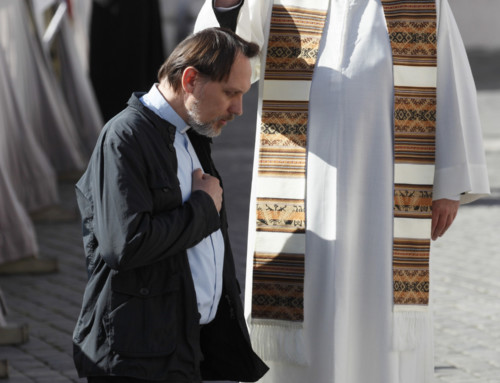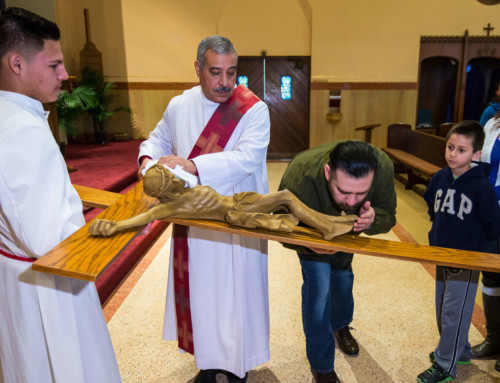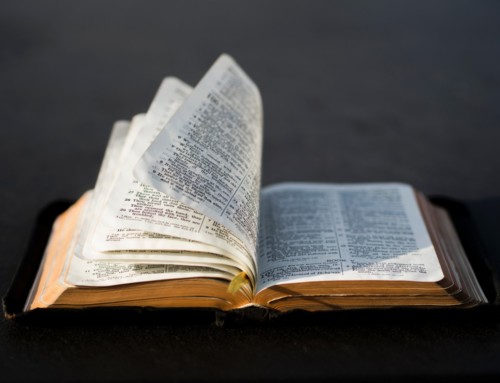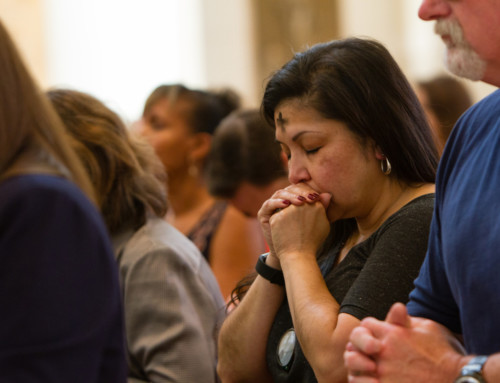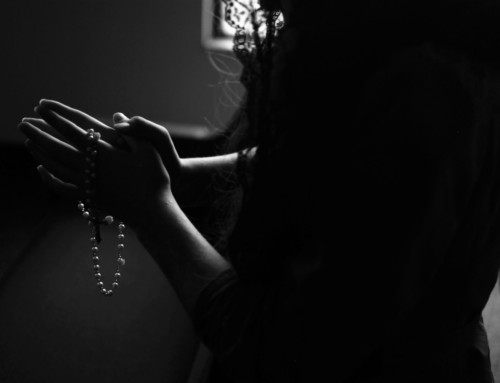“Each Advent season, in prayer and humility we pray and prepare for Christmas. We call to mind the love of the Father reflected in the presence of his Son among us who came to teach us, forgive us, and make us holy through his gift of new life in the Holy Spirit. We and the world can never be the same.” (“Advent: A Time of Waiting”)
The liturgical year begins with the season of Advent and includes the four Sundays before Christmas. While in the secular world, the preparation may be more focused on decorating and shopping before Christmas, as Catholics we are called to focus our attention on waiting, conversion, and hope. The first weeks of Advent are marked by preparing for the second coming of Christ, while also recognizing his presence among us even now. As Christmas draws nearer, our focus shifts to preparing for the Nativity of the Lord.
“As believers in Christ, we find his presence most perfectly in the Eucharist, as well as in prayer, in his Church, and in our brothers and sisters, especially those most in need of our love. We are encouraged to pray often during this Advent season and to attend daily Mass as our schedules allow. It is also a time to be generous with our patience, our giving of ourselves, and our concern for those in need.” (“Advent: A Time of Waiting”)
“Each day at Mass, we describe our life as waiting in joyful hope. Christ is our hope, and the season of Advent gives us the opportunity to join together as we recall and await the three comings of Christ: His coming two-thousand years ago as man, his coming into the hearts of every believer, and his coming at the end of time.” (“Advent: A Time of Waiting”)
As we prepare for Christmas, the General Instruction of the Roman Missal notes some differences to the Mass that should be observed during the season. For one, you’ll notice that the priest will wear violet or purple during Advent, except for the Third Sunday of Advent, or Gaudete Sunday, when rose is worn (GIRM, no. 316). Aside from what the priest wears, other aesthetic changes in the Church include a modestly decorated altar. “During Advent the floral decoration of the altar should be marked by a moderation suited to the character of this time of year, without expressing in anticipation the full joy of the Nativity of the Lord” (GIRM no. 305).
In addition, the Gloria in excelsis is not sung during Advent, to reflect the solemn character of the season (GIRM, no. 53). Outside of Mass, you may also choose to use symbols like the Advent wreath to prepare for Christ’s coming in your own home.
“The Advent wreath is an ancient Christian tradition. Just as we long for the brightness of the summer sun during the winter’s cold, so does the gradually brightening light of this wreath herald the dawn of Christ, the Light of the World! Traditionally, Advent wreaths are a circle of evergreen branches into which four candles are inserted, representing the four weeks of Advent. Ideally, three candles are purple and one is rose, but white candles can also be used. Many parishes and other organizations sell Advent wreaths, but it also easy to create one. The progressive lighting of the candles on the Sundays of Advent symbolizes the expectation and hope surrounding our Lord’s first coming into the world.” (“Advent: A Time of Waiting”)
This article is an original piece, written specifically for myUSCCB. Copyright © 2015, 2017, United States Conference of Catholic Bishops, Washington DC. Used with permission. All rights reserved. Quotes taken from “Advent: A Time of Waiting,” USCCB, 2015.

